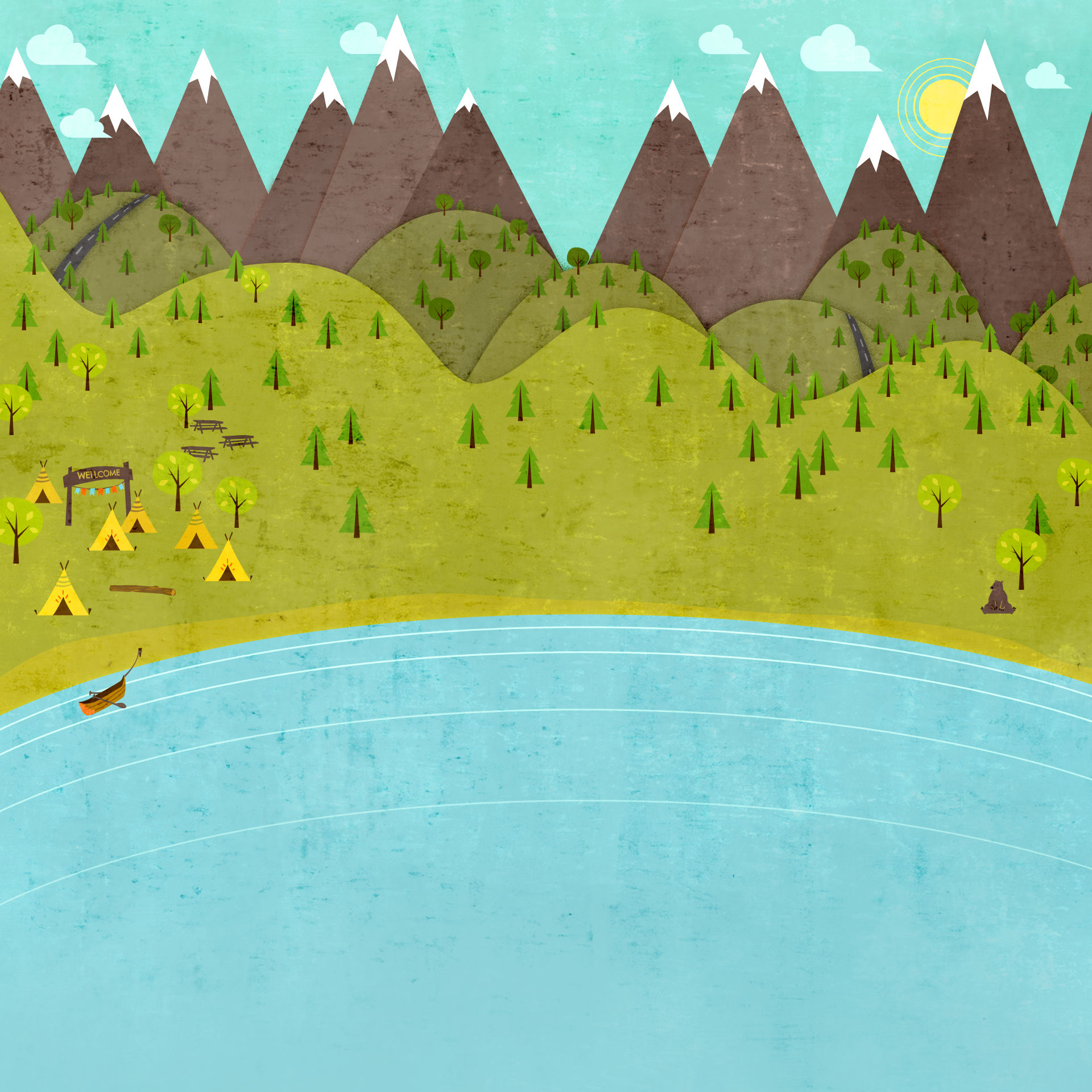

Crooked Wings still learn to fly
Tips and tools for monitoring

What is the Risser scale?
The Risser sign is an indirect measure of skeletal maturity, whereby the ossification stage of the iliac apophysis is used to judge the ossification of the spinal vertebrae. On a scale of 5, it gives a measure of progression of ossification; the grade of 5 means that skeletal maturity is reached.

Another way to assess a child's maturity is their bone age. The most commonly used method is based on a single x-ray of the left hand, fingers, and wrist. Please click here for a detailed PDF of the hand bone maturity concept etc.

Shoe Size monitoring
20 January, 2011
Knowing the timing of the pubertal growth spurt of the spine, represented by sitting height, is essential for the prognosis and therapy of adolescent idiopathic scoliosis.
The foot is the first structure of the musculoskeletal system that begins to grow at puberty.The growth spurt of the foot occurs a few months before the start of puberty.Although it is the first to start growing during puberty, the foot is also the first musculoskeletal structure to stop growing.Growth of the foot stops at bone age of 12 years in girls and at a bone age of 14 in boys (i.e., 3 years before the end of growth).This makes the foot unique among the musculoskeletal structures in that its rate of growth mostly declines during puberty.
When puberty begins at approximately bone age 11 years in girls, the foot is already 22 cm long and has only 1.6 or 2% if its growth left.When puberty starts in boys, at approximately bone age of 13 years, the foot is about 24 cm long and has 2 cm or 2.5% of its growth remaining.

Measuring the Cobb Angle
Named after its inventor, Dr. John Cobb, the Cobb Angle is used as a standard measurement to determine and track the progression of scoliosis. Using your X-ray, which will photograph the curves in your spine, the Cobb Angle is calculated by drawing lines across the top and bottom vertebra of each curve; and then measuring the angle in which these lines intersect.
How To Measure Cobb Angle?
-
Locate the most tilted vertebra at the top of the curve and draw a parallel line to the superior vertebral end plate. [Insert picture showing vertebral endplates].
-
Locate the most tilted vertebra at the bottom of the curve and draw a parallel line to the inferior vertebral end plate.
-
Erect intersecting perpendicular lines from the two parallel lines.
-
The angle formed between the two parallel lines is Cobb angle.



